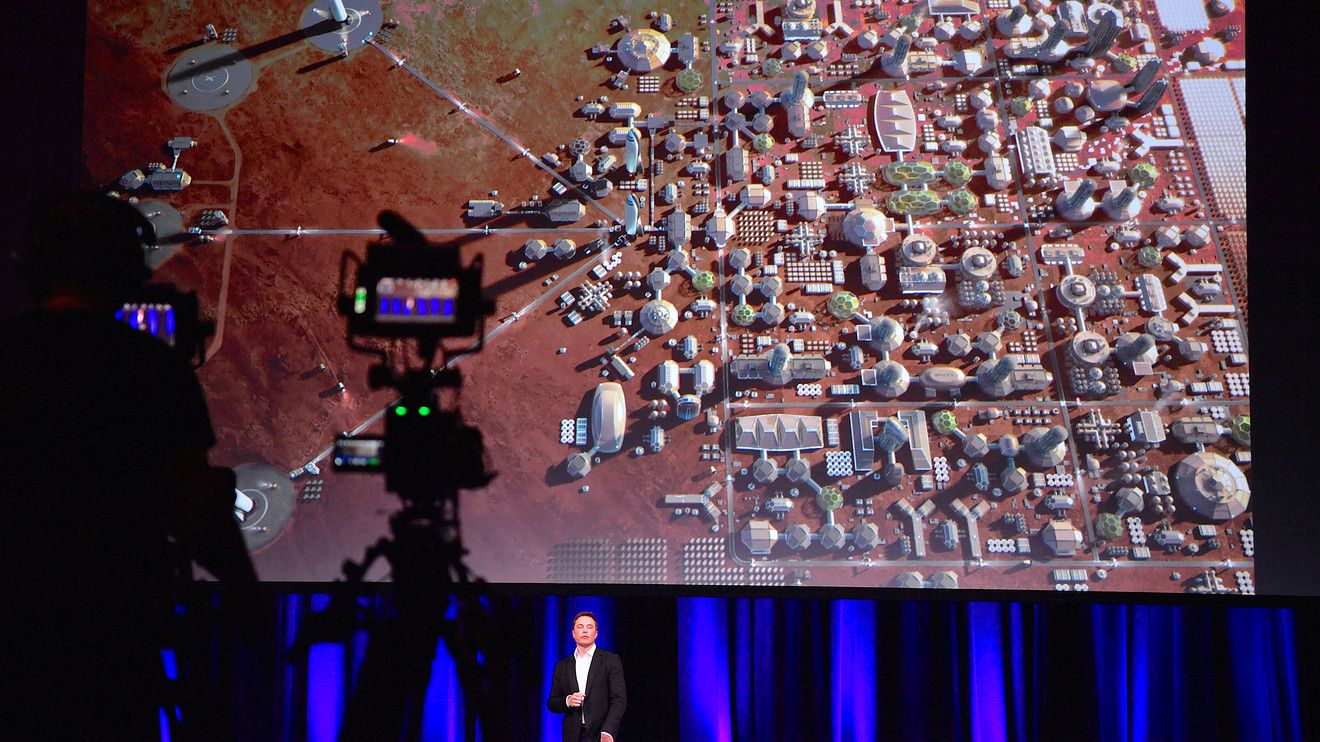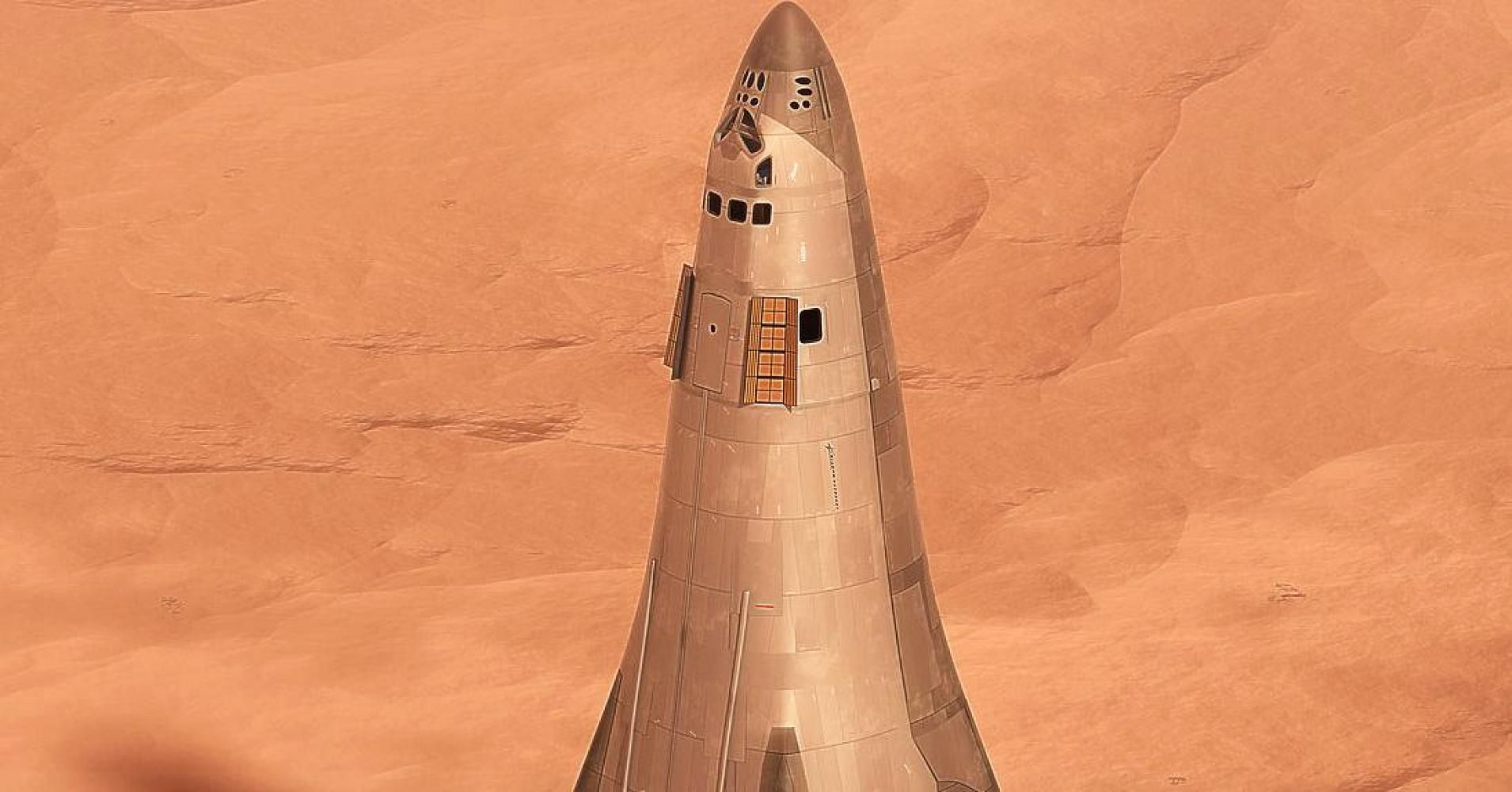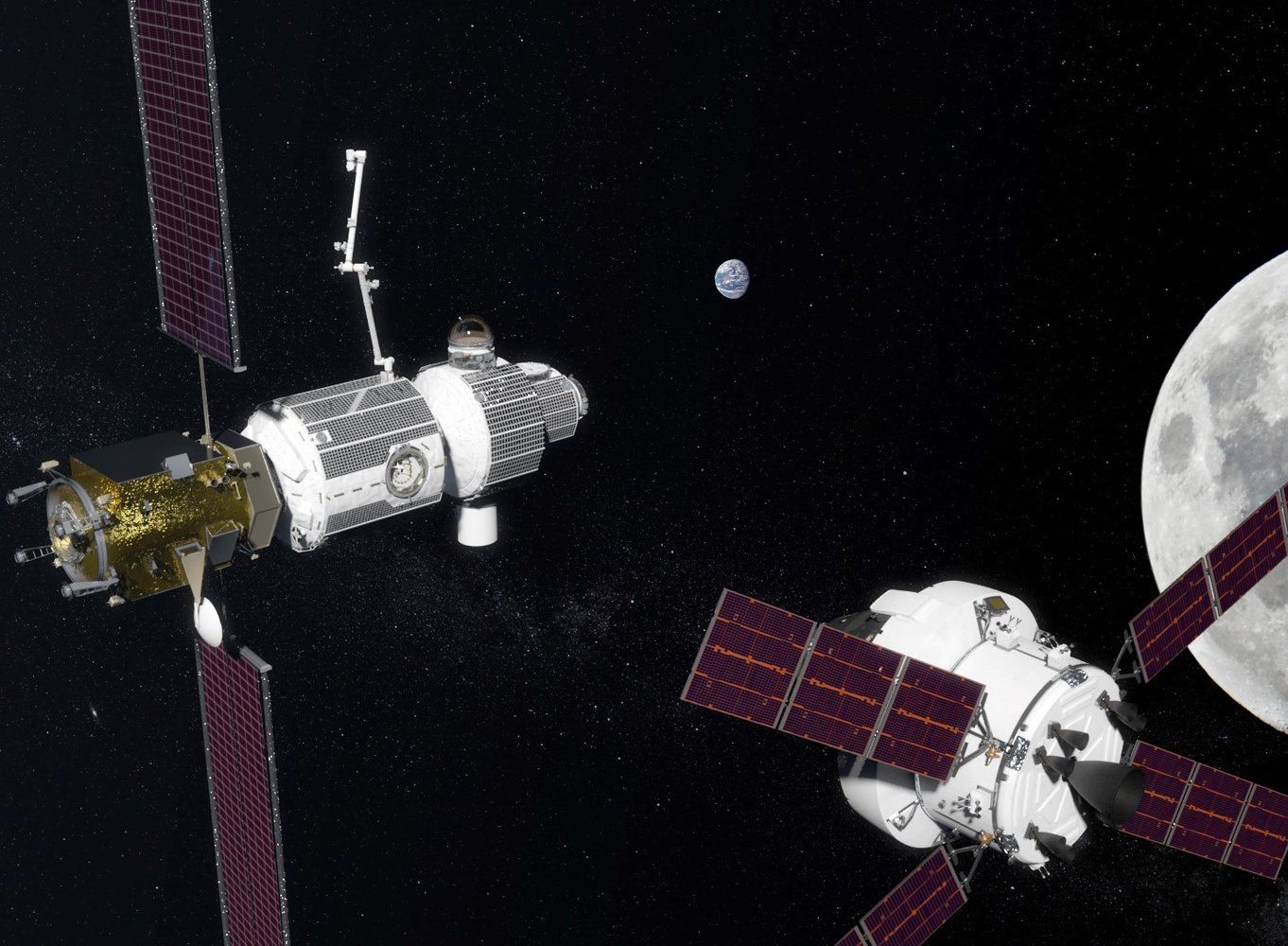Entrepreneur Elon Musk’s announcement last week accelerating plans for manned flights to Mars ratchets up political and public relations pressure on NASA’s efforts to reach the same goal.
With Musk publicly laying out a much faster schedule than NASA — while contending his vision is less expensive and could be financed primarily with private funds — a debate unlike any before is shaping up over the direction of U.S. space policy.
Read: Before Elon Musk can get SpaceX to Mars, he must overcome these nontechnical hurdles.






